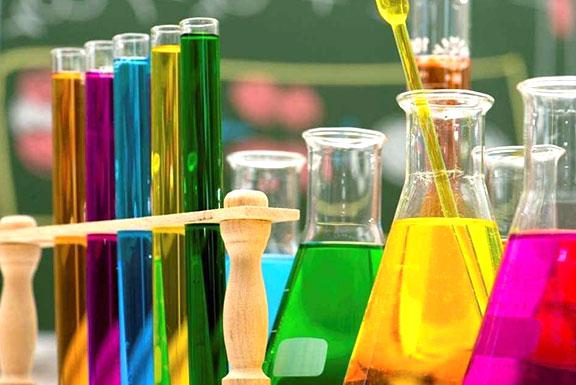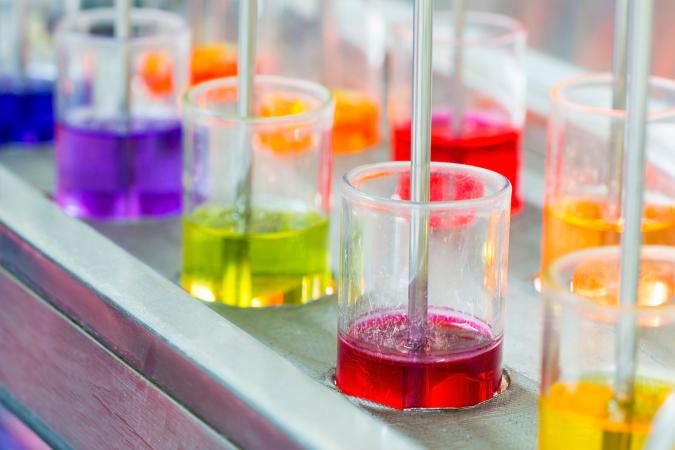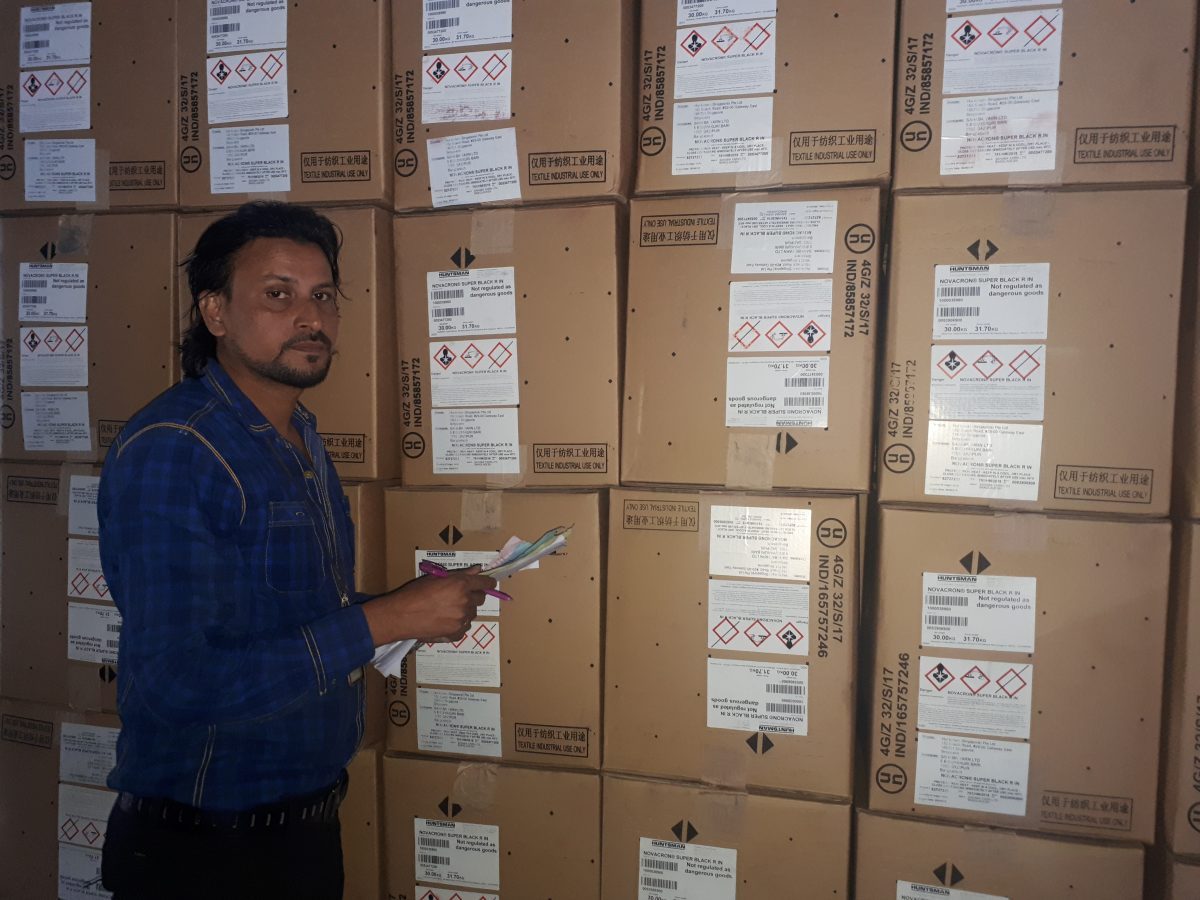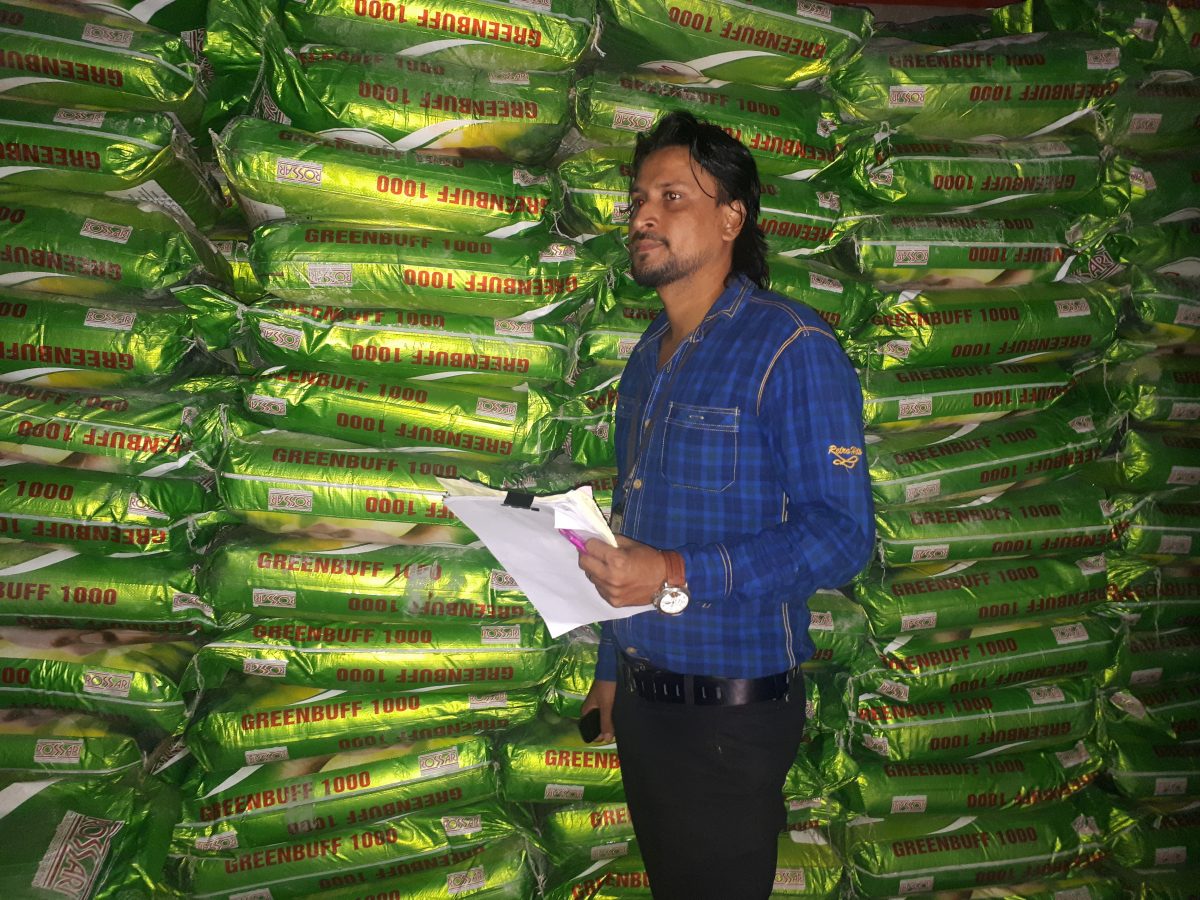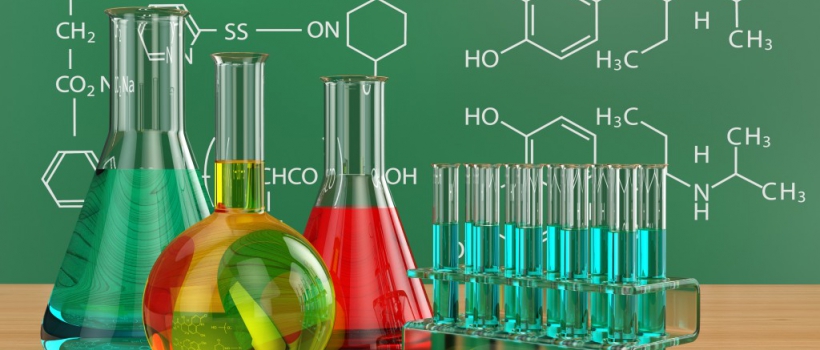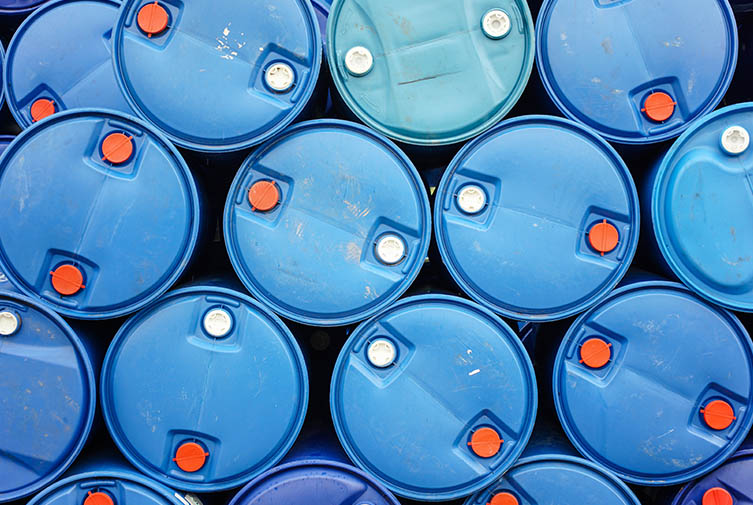Natural Dyes :
Our Manufacturing are simply dye substances extracted from natural sources. Although the main source of dyes for early times, they have largely been replaced by synthetic dyes, which are usually more reliable, cheaper and can be supplied more readily. Natural dyes still in use include hematologist, carmine, orcein.Co louring materials have been used for many thousands of years by man. Leather, cloth, food, pottery and housing have all been modified in this way. Some of our most common dyes are still derived from natural sources. These are termed natural dyes. The Colour Index uses this as a classification and naming system.
Each dye is named according to the pattern:
Natural + base color + number
Natural dyes are often negatively charged. Positively charged natural dyes do exist, but are not common. In other words, the colored part of the molecule is usually the anion. Although the molecular charge is often shown on a specific atom in structural formulae, it is the whole molecule that is charged. Many, but by no means all, natural dyes require the use of a mordant.

